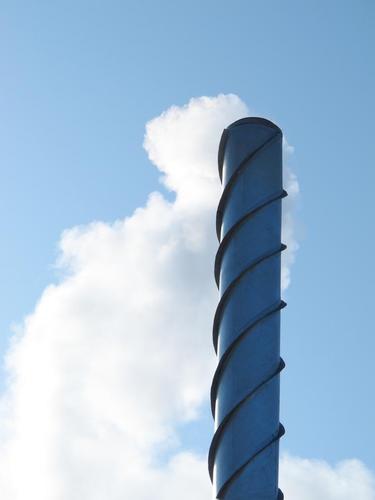An economiser on a steam boiler is a sure way to fuel and therefore cost savings, as well as C02 reductions. In this article we look at what an economizer is and installing on steam boilers.
A feedwater economiser is a heat exchanger which recovers heat from the flue gas and transfers it to the feedwater going into the boiler. The recovery of this heat means that less fuel is required by the steam boiler. On a typical shell type steam boiler, flue gases are often rejected to the stack at temperatures 100°C -150°C higher than the temperature of the generated steam. The potential for energy saving depends on the type of boiler installed and the fuel used. For a typical shell boiler the increase in overall thermal efficiency would be in the order of 3 – 5%.
There are limits to the amount of energy that can be removed from the exhaust gas. This is due to there being a lowest temperature limit, to which flue gases can be cooled to. Criteria such as dew point, cold-end corrosion, and economic heat transfer surface need to be considered. These criteria are dependent on the fuel type. When using fuels other than gas, regular cleaning regimes of any possible fouling of the economiser heat exchanger needs to be considered.
If retro fitting to an existing boiler, the level control system should be of a suitable type. Because the economiser is on the high pressure side of the feedpump, feedwater temperatures in excess of 100°C are possible. Therefore the boiler water level controls should be a modulating type, (i.e. not ‘on-off’). This ensures that there is always a continuous flow of feedwater through the heat exchanger.

